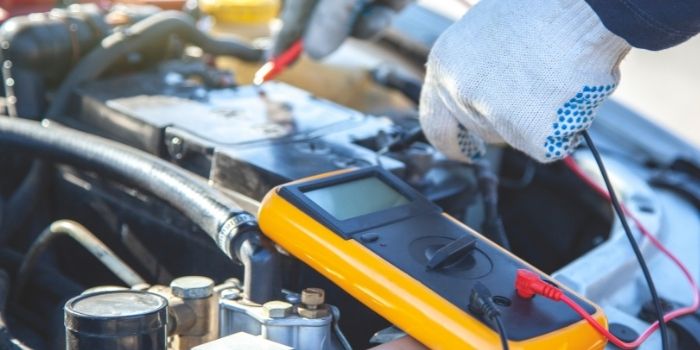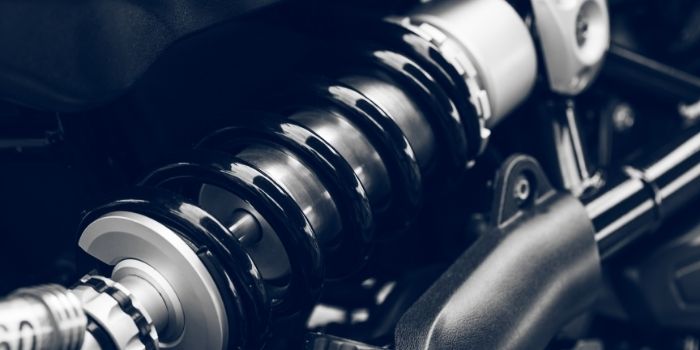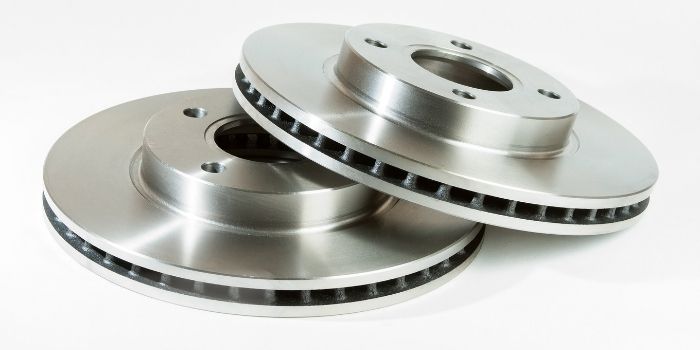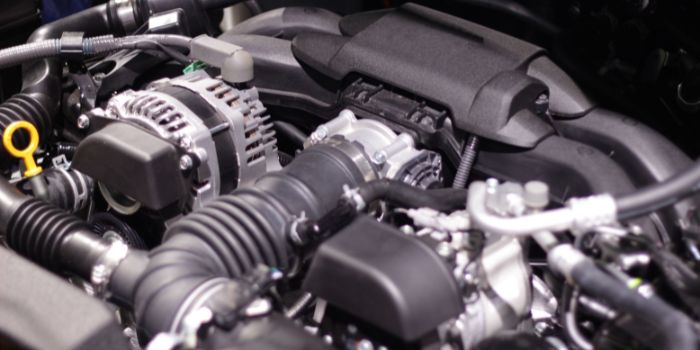
Engines are a vital part of any vehicle, and there are many different types of engines available on the market.
We’re going to compare and contrast two of the most popular engine types: two-stroke and four-stroke engines.
We’ll talk about the pros and cons of each type, so you can decide which is right for you.
Table of Contents
How Do Combustion Engines Work?
Before we get into the differences between two-stroke and four-stroke engines, let’s review how combustion engines work in general.
Combustion engines rely on a series of small explosions to generate power. These explosions are created by igniting a mixture of fuel and air inside the engine’s cylinders.
The expanding gases from these explosions push against the pistons inside the cylinders. This push creates the force that powers the engine’s crankshaft, which ultimately turns the wheels of the vehicle.
The more cylinders an engine has, the more power it can generate.
What is the Stroke of an Engine?
The stroke of an engine is the distance that a piston moves inside the cylinder from top dead center to bottom dead center.
This movement creates compression and combustion in the engine, which generates power.
Strokes are typically measured in either inches or millimeters, depending on the type of engine.
Now that we know how combustion engines work in general and what is the stroke of an engine, let’s take a closer look at how two-stroke engines differ from four-stroke engines.
What is a 2-Stroke Engine- How does it Work?
As the name implies, two-stroke engines have just two movements or strokes per power cycle: intake and exhaust.
The air/fuel mixture is drawn into the cylinder during the intake stroke and compressed during the compression stroke.
Once the spark plug ignites the mixture, the resulting explosion forces the piston back down during the power stroke.
Finally, the exhaust stroke pushes the spent gases out of the cylinder so that a fresh air/fuel mixture can be drawn in on the next cycle.
The PROS:
1. More compact and lightweight than 4-stroke engines
2. More powerful (can generate more torque)
3. Cheaper to build and maintain
The CONS:
1. Less fuel-efficient than 4-stroke engines
2. More polluting (emits more pollutants)
3. Can be less reliable due to lack of lubrication
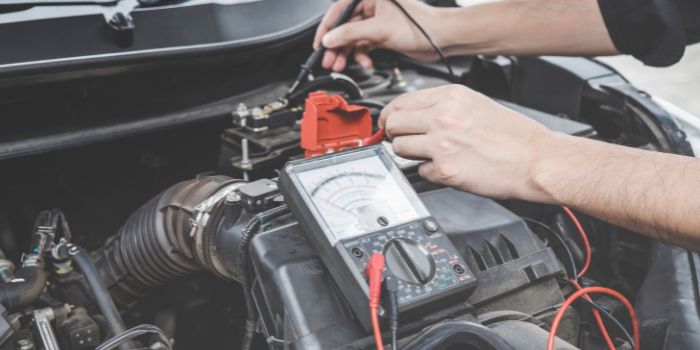
What is a 4-Stroke Engine- How it Work?
As you might imagine, four-stroke engines have four strokes per cycle: intake, compression, power, and exhaust.
The air/fuel mixture is drawn into the cylinder during the intake stroke, but rather than being compressed immediately, it’s first pushed back out during the exhaust stroke.
The compression stroke then follows, after which the mixture is ignited and the piston is forced back down during the power stroke.
Finally, the exhaust gases are pushed out during the fourth and final stroke.
The PROS:
1. More efficient than 2-stroke engines
2. Cleaner burning (emits less pollution)
3. Can run on a wider range of fuels
The CONS:
1. Heavier and larger than 2-stroke engines
2. More expensive to maintain
What is the Difference Between a 2-Stroke & a 4-Stroke?
The main difference between two-stroke and four-stroke engines is in how they complete their combustion cycles.
While both types rely on small explosions to generate power, a two-stroke engine completes its four strokes – intake, compression, power, and exhaust – in just two strokes of the piston.
This means that it requires fewer moving parts and is typically more compact and fuel-efficient than a four-stroke engine.
However, two-stroke engines can be less reliable due to their lack of lubrication and tend to produce higher levels of emissions.
On the other hand, four-stroke engines have a more traditional design, with four strokes of the piston required to complete a combustion cycle.
While this means that they’re generally larger and less fuel-efficient than two-stroke engines, they tend to be more reliable and emit fewer pollutants.
What about the 3 Stroke Engines and Six-Stroke Engines?
Three-stroke and six-stroke engines are similar to the two-stroke and four-stroke engines, respectively, but with an additional stroke added to the cycle.
This means that they have more moving parts and are typically less efficient than their two- and four-stroke counterparts.
However, they can offer increased power and torque, as well as reduced emissions.
FAQs
Are 4 Cycles the same as 4 Strokes?
No, they are not the same thing. A four-stroke engine completes one cycle of intake, compression, power, and exhaust with each stroke of the piston.
In contrast, a four-cycle engine has two separate strokes for intake and exhaust in addition to the compression and power strokes.
So while both types of engines rely on small explosions to generate power, four-stroke engines are more efficient and emit fewer pollutants.
Can a 4-Stroke Carb Work on a 2-Stroke Engine?
No, a four-stroke carburetor will not work on a two-stroke engine.
This is because the intake and exhaust strokes are reversed in a two-stroke engine, so the carburetor would need to be specially designed for this type of engine.
What Happens if You Put 2 Stroke Gas in a 4 Stroke Engine?
This could cause serious damage to your engine, as two-stroke gas contains a different ratio of air and fuel than four-stroke gas.
If you do accidentally put the wrong type of gasoline in your engine, it’s best to stop driving immediately to prevent further damage.
It’s also important to consult with a mechanic or car expert before continuing to use your vehicle.
Why are 2 Strokes so Loud?
Two-stroke engines are typically louder than four-stroke engines because they have fewer moving parts and their exhaust is not muffled by a catalytic converter.
Additionally, two-stroke engines tend to produce higher levels of emissions, which can contribute to noise pollution.
Conclusion
So, which type of engine is right for you? Ultimately, that depends on your priorities: size, efficiency, or emissions.
Both two-stroke and four-stroke engines have their pros and cons, so it’s up to you to decide what’s most important in your situation.
If you want a more powerful and lightweight engine, then a two-stroke engine is the way to go.
However, if you’re concerned about fuel efficiency and emissions, then a four-stroke engine is the better choice.
Ultimately, it comes down to personal preference.

Based in Orem (Utah) John Paterson graduated from Utah Valley University and has begun writing in 2009. He has a large wealth of experience in writing articles related to cars, automotive repair, wheels, cleaning/maintenance, and much more. He has also written instructional articles in a similar niche for a few online publications as well. Currently, he works as a mechanic in his personal garage shop where he loves serving his countrymen from his heart.

